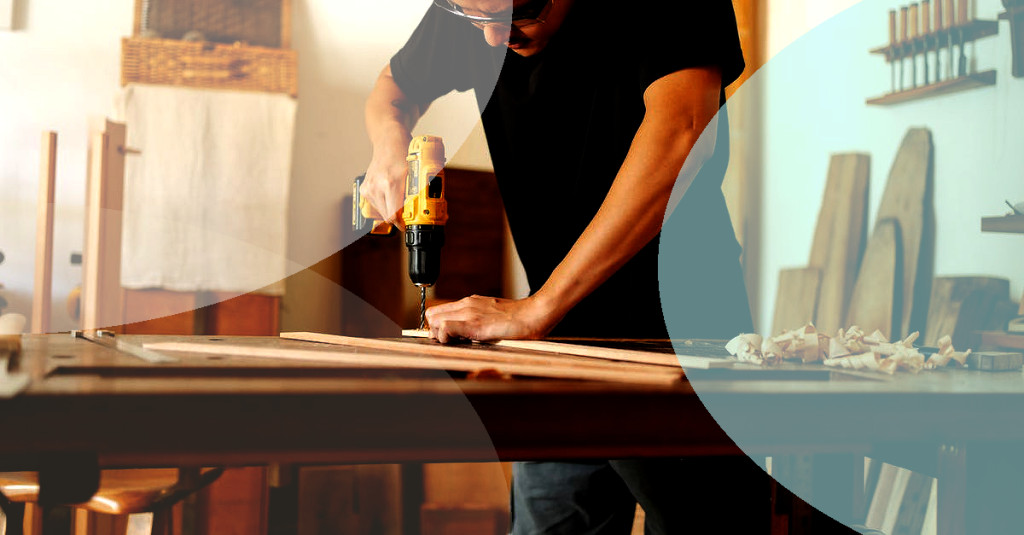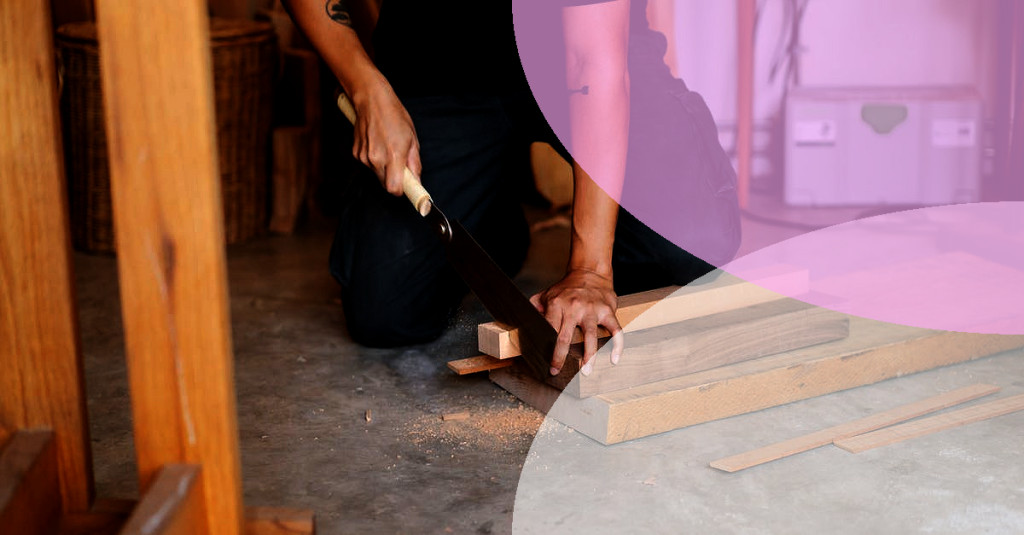A Beginner's Guide to DIY Woodworking

Framework of Woodworking: Blueprint for Beginners

Woodworking! The very word fills our senses with the alluring scent of fresh-cut timber, the seductive touch of smooth hardwood, and the thrill of creating beautiful wooden pieces from scratch. Today, let's dive into the mesmerizing world of DIY woodworking, ensuring no beginner feels lost in the wild.
Tooling Around: Basic Woodworking Tools!
Do you know the best way to start your DIY woodworking journey? No, it's not just diving headfirst into complex projects. It's starting simple and understanding the framework of woodworking.
Every woodworking project revolves around two primary elements: your tools and your wood. Let's explore them in detail.
Timber! Choosing Your Wood
Starting with woodworking, you need essential tools that lay the foundation of your projects. Some of these critical tools include a quality handsaw, hammer, screwdriver, drill, clamps, and a solid workbench. One thing to remember, though, quality over quantity. A well-curated list of necessary woodworking tools could be your first tool-guide.
Let the Chips Fly: Essential Techniques for Beginners

Selecting the correct type of wood for your project can dramatically influence your final product. Hardwoods like oak and mahogany are ideal for lasting durability, while softwoods like pine and cedar are beneficial for beginners due to their easy workability.
As a starting point, check out this fantastic guide on understanding and choosing the right wood.
Related articles
Sawing Precisely!
Familiarity with a few fundamental woodworking techniques is crucial for a fledgling woodworker. I've picked a couple of essentials every beginner should practice:
Drilling with Power
Perfecting your sawing skills might take time, but it's worth the effort. It's not merely about the back-and-forth motion. Be particular about the angle, guide your saw, and remember to let the tool do the heavy work.
The Beauty of Wood Grains: Final Touches that Matter

Any woodworking project will warrant drilling holes. Therefore, learning how to drill the right hole at the right place is critical. Always mark before you drill, maintain a steady pressure, and embrace patience to get the perfect hole.
Turning a House into a Home: DIY Woodworking Project Ideas
In woodworking, the finish does predominantly determine the final look of your project. Sanding your pieces, choosing the right finish, and applying it correctly can enhance the beauty of the wood grain and increase longevity.
Sanding is not merely rubbing sandpaper over your piece; vary the grit of your sandpaper based on the wood and the desired smoothness. Finishing could involve varnish, oils, or even paint. Choose one that fits your project and doesn't shy from experimenting.
Now you have a grip on the basics; it's time for some beginner-friendly projects to kick start your woodworking journey.
- Picture Frames: Simple to make, yet allowing for plenty of personal touches, DIY picture frames can be a great starting point.
- Wooden Planter Boxes: Let your green thumb and woodworking skills collaborate with this project. Not only will it add a rustic touch to your garden, but it may also prove to be a useful start to honing your skills.
- Shelf and Wall Displays: Practical and attractive, this project might involve precision-cutting and a knack for design.
- Cutting Boards: A classic start for new woodworkers. An excellent opportunity to experiment with various hardwoods and their unique grain patterns.
Remember, in this DIY journey, every challenge is a new learning curve. Don't be disheartened by early mistakes; even the most experienced woodworkers had to start somewhere. The joy of creating with your own hands is unparalleled, and with patience and practice, you'll be carving masterpieces in no time at all.
Welcome to the wonderfully creative world of DIY woodworking - where each wood grain tells a story!





